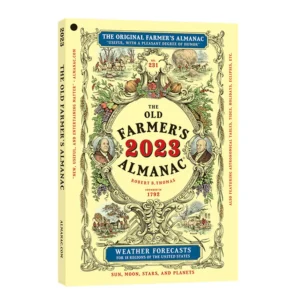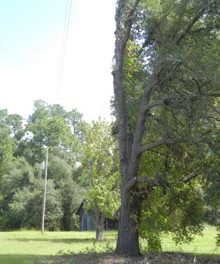 There are Deer-Proof Plants. Nope, there aren’t. There are plants that deer don’t especially like, but if they’re hungry enough, they’ll try anything. Sure, there are plants like foxglove and farfugium that deer rarely browse, but if food is scarce, they’re vulnerable too.
There are Deer-Proof Plants. Nope, there aren’t. There are plants that deer don’t especially like, but if they’re hungry enough, they’ll try anything. Sure, there are plants like foxglove and farfugium that deer rarely browse, but if food is scarce, they’re vulnerable too.
You can’t have a beautiful garden in the shade. Au contraire. Some of the most beautiful and serene spaces are composed entirely of shade lovers. True, there are few flowering plants that love the shade, but the various colors and textures of foliage plants are anything but boring. Think Caladiums, Coleus, and variegated ginger.
Lawns need watering every day in hot weather. Watering every day produces a lazy lawn whose roots stay at the surface where the livin’ is easy. You want the roots to migrate deep into the soil where the water already is. You’ll have a stronger, healthier lawn, better able to withstand disease and pests.
Marigolds in a vegetable garden will deter insect pests. A big no no! Marigolds actually attract insect pests like aphids and cutworms.
Hanging soap bars in shrubs will deter deer. Well, the deer sure don’t eat the soap, but there are mixed reviews about deterring them from eating your shrubs. Generally speaking, they prefer eating annuals and perennials rather than shrubs anyway.
If you have dogs, never plant poisonous plants in your garden. Considering that everything, even water, can be toxic in the wrong quantities, this is a tough one. As you know, I’m a dog lover, and I have never had a problem with “poisonous” plants. According to Southern Living magazine, some of our most common garden plants, such as chrysanthemums, daisies, iris, elephant ears, etc, can cause stomach distress in dogs. I guess it’s a personal decision.
There are maintenance-free gardens. Whoever said that has a gardener!
You can rely on plant labels for accurate cultural information. Plant labels are a guide, not gospel. In this case, experience (yours or your neighbor’s) is the best teacher. Plant labels just don’t have the room to accurately describe the unique challenges of the Lowcountry.
Nandina berries are poisons to birds. Yes, to Cedar Waxwings, who are gluttons anyway, and no to most other birds. Birds can metabolize the small amount of toxins found in Nandina berries, but Cedar Waxwings have been known to fall off shrubs from overeating.
Woodchip mulch will eat up the nitrogen in your soil. Simply not true. The chips will eventually decompose and add important organic matter to your soil. It’s an excellent mulch, and you can often get a free load of chips from a local arbor service.
You can change the flower color of your hydrangeas with chemicals. Well, yes, kind of. Altering the PH of the soil with chemicals can make the flowers bluer or pinker. It would be a yearly chore, so why don’t you just buy the plant color you want in the first place and see what happens? You can always add chemicals later if you’re not happy with how it’s growing.
The Farmer’s Almanac was first published in 1792 for the year 1793 and consisted mainly of weather related articles, recipes and crop sowing advice. Weather forecasting was in its infancy, so it relied mostly on the publisher’s interpretation of natural occurrences. Even so, early farmers still relied on its advice. It’s still being referred to today.
Though reams of scientific evidence have proved most myths unreliable, you can still find people who swear by them!









